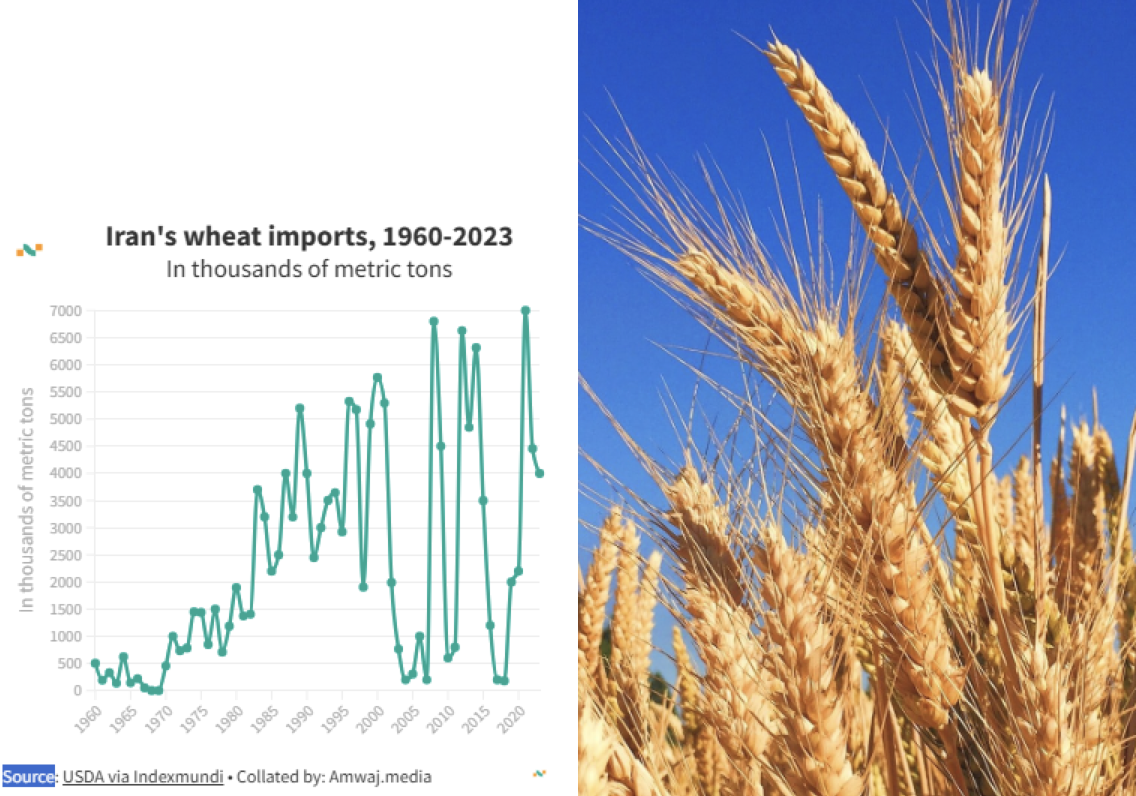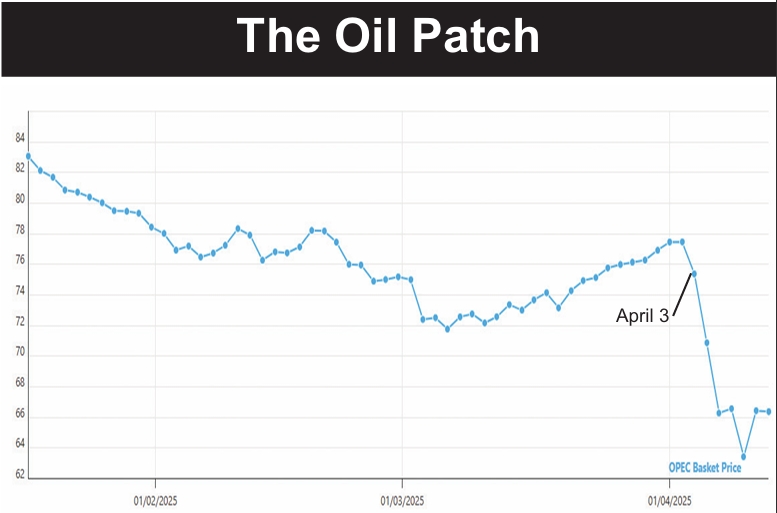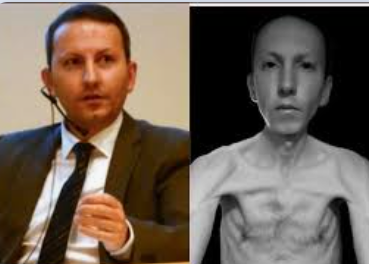Sandstorms, high winds and thunderstorms of unusual intensity pounded many parts of Iran in the last week of April and first week of May, leaving at least nine people dead.
Another 86 were reported injured, with the bulk of the injuries, a total of 63, in Tehran.
Nationally, a spokesperson for emergency services said the storms killed nine people, with four dying from objects blown around by high winds, including downed trees, and five others hit by lightning. The deaths were widely scattered, being reported from Tehran, Mazandaran, Lorestan, Khorasan South, Markazi and East Azerbaijan provinces.
A huge thunderstorm descended on Tehran April 27, lashing the city with high winds and torrential rain, killing two people and injuring 41 others. Most of the injuries were caused by trees being blown down. The downed trees also cut electricity to many homes and blocked streets so emergency vehicles had trouble navigating the city.
The two people killed were a 60-year-old woman and a 15-year-old boy.
Of the 41 injured, the city’s emergency services said 12 were treated at the scene and released while 29 were hospitalized.
Ali Nasiri, head of crisis management for the capital, said the top wind gusts reached 117 kph (73 mph), which is the lowest speed for a hurricane. He said the prevailing winds during the storm were about 70 kph (43 mph), which makes them gale force winds.
Nasiri said the city saw 833 fallen trees with 98 vehicles damaged. But he said only eight traffic lights were knocked out.
He had earlier urged everyone to stay indoors during the upcoming storm. But many failed to follow the advice. A major problem, he said, was motorcyclists who insisted on going out and got blown over in the storm.
The high winds continued for three days, though not as high as on April 27. Nasiri said: “Citizens should avoid going outside as much as possible in the evening and night hours of the next three days and not work at heights. They should wait until after the storm to do things like adjust the television antenna, because they will be exposed to storms and lightning.”
Another major thunderstorm hit Tehran six days after the first, with more trees toppled and six more residents hospitalized.
Nasiri added that arrangements were made to evacuate drug addicts who live in the ravines of Tehran.
Three days later, a major sandstorm rolled in from Iraq. Schools were closed in Khuzestan, Ilam, Kermanshah, Lorestan, Bushehr and Kurdistan provinces.
Around the country, many livestock out in open fields were reported to have been killed in lightning strikes.

























